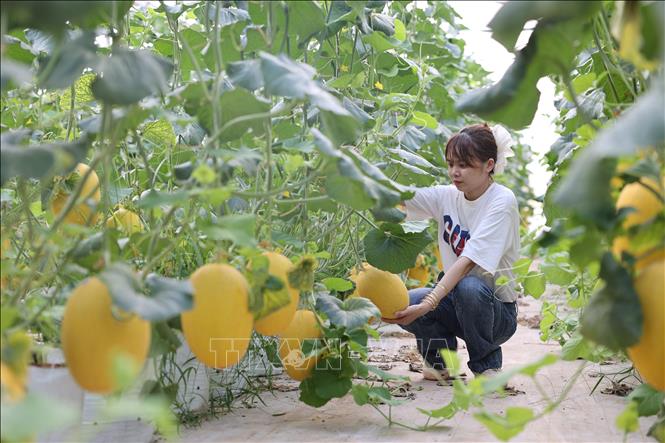
Mr. Nguyen Duc Tung, residing in Hamlet 5, Toc Tien Commune, Phu My City, has been involved in mushroom growing for 4 years. He said that since he had the intention to switch to growing oyster mushrooms and Thai clams, he had researched the application of high technology in production. Therefore, when investing in a mushroom growing system, he invested in a greenhouse system to easily control mushroom growing, along with technologies to adjust temperature, light, humidity, automatic irrigation, etc. suitable for the growth of mushrooms, in order to minimize the disease of mushrooms and ensure good growth.
Currently, Mr. Tung has 5 houses growing oyster mushrooms and Thai oyster mushrooms, with each crop yielding about 600,000 bags. Each day, Mr. Tung's family's mushroom farm harvests 5-7 quintals of fresh mushrooms and is distributing them to vegetarian restaurants and at Binh Dien wholesale market (Ho Chi Minh City). Each mushroom crop, Mr. Tung's family will harvest for 3-4 months. Mr. Tung shared that after deducting expenses, his family estimates a profit of about 600 million VND from each mushroom crop.
Mr. Tung shared that mushrooms are sensitive to the weather, so the application of high technology helps growers control diseases, mushrooms have a suitable environment to grow, thereby reducing the risk, bringing high economic profits to growers.
The melon garden applying high technology to production of Ms. Pham Thi Tho's family, residing in Long Tan commune, Long Dat district, has brought high economic profits to her family for many years. Thanks to the application of high technology, the efficiency is obvious, the productivity and quality are highly appreciated by consumers, helping her family have a stable income.
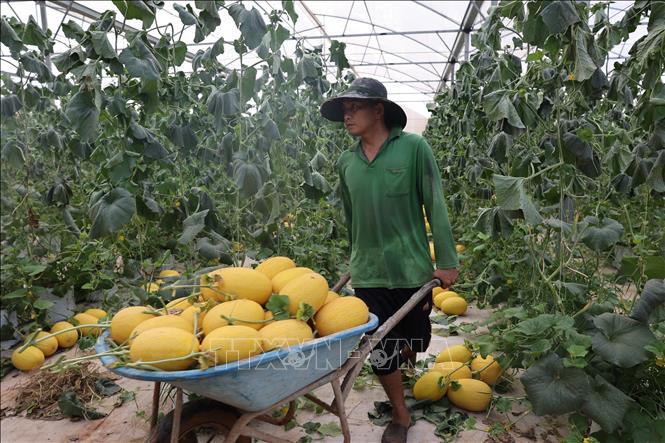
In 2018, Ms. Pham Thi Tho's family started renting land to grow melons in greenhouses in Long Tan commune. At first, her family only dared to test planting 2 greenhouses with an area of about 2,000m2/house, with an automatic irrigation system, growing medium made from coconut fiber that had been carefully mixed with nutrients before being planted in pots. Each melon tree's nutrition and humidity will be calculated appropriately by Ms. Tho throughout the growing process. Thanks to that, Ms. Tho's family has continuously had big wins in each crop.
Seeing the effectiveness, Ms. Tho's family has developed 15 greenhouses to grow melon crops in rotation. Currently, her family grows 4 crops each year, yielding over 420 tons, with a selling price of 25-30 thousand VND/kg. After deducting expenses, her family earns over 2 billion VND in profit each year.
Ms. Tho shared that the initial investment cost for this system of 15 greenhouses is about 5 billion VND, the time of using the greenhouse system is about 3-5 years. “The initial investment cost is quite large, but in return, the grower will control the melon plants from the time of seeding to harvest. We, the melon growers, will minimize the insects that attack the melon plants and melons. Melons are also not affected by the weather, so the weather does not affect the quality of the fruit, especially when growing melons in the rainy season, the melons will not be waterlogged or damaged. The automatic irrigation system in the greenhouse is also strictly controlled from the water quality to the amount of water for the plants. When the plants get sick, the treatment of the plants in the greenhouse is also simpler, and it does not spread to other gardens,” Ms. Tho added.
Mr. Phan Duc Dat's shrimp farm, residing in An Hai hamlet, Phuoc Hoi commune, Long Dat district, is currently raising high-tech white-leg shrimp according to the CPF Combine model on a total area of 21 hectares; of which, the shrimp farming area is 3 hectares with 21 farming ponds, the remaining 18 hectares with 20 ponds are settling ponds and water treatment ponds. With a closed process from shrimp seed farming to adult shrimp supplied to the market, the shrimp are strictly controlled to promptly detect and handle signs of disease.
To properly treat the water source and ensure a clean environment for the pond, Mr. Dat's family has invested in an oxygen pump, a fan, a modern machinery system to measure the pH concentration in the pond, etc. The water in the pond is changed continuously every day after passing through the settling pond system. The process of continuously changing the water will stimulate the shrimp to molt, grow quickly and clean the living environment for the shrimp. In addition, Mr. Dat also regularly increases vitamins and microorganisms in shrimp feed to prevent disease.
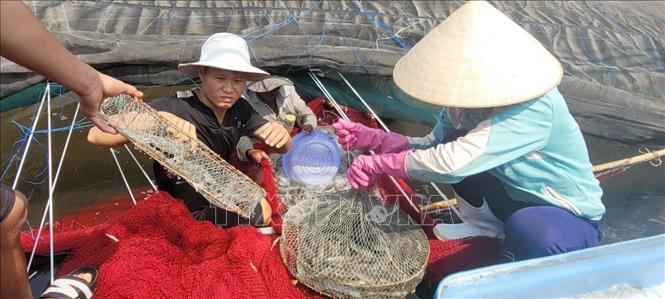
Mr. Phan Duc Dat shared that previously, his family raised shrimp in a natural environment of 10,000m2 and only harvested 7 tons, with the highest yield reaching 10 tons, but now a 1,000m2 pond can harvest 4-5 tons.
Specifically, in 2024, the total output of 3 crops in a year, the family harvested about 360 tons, with a yield of about 40 tons/ha/crop/year, 3.3 times higher than the traditional farming method. With an average selling price of about 160,000 VND/kg, the revenue reached 57.6 billion VND. After deducting expenses, Mr. Dat's family earned a profit of 14.4 billion VND.
“Using high technology, I can raise shrimp at a higher density, while requiring very little labor. One worker can take care of two ponds, thereby reducing input costs,” Mr. Dat added.
Recently, Ba Ria-Vung Tau province has implemented Project 04-DA/TU dated July 28, 2017 of the Provincial Party Committee Executive Committee on high-tech agricultural development for the period 2022-2025, initially promoting the development of the agricultural and rural sectors.
Up to now, the province has 527 high-tech production facilities for cultivation, livestock and aquaculture. Applied technologies include greenhouses, net houses, advanced water-saving irrigation systems combined with automatic nutrient regulation, hydroponic technology, technology for monitoring and adjusting temperature and humidity according to sensors, using solar energy, etc.
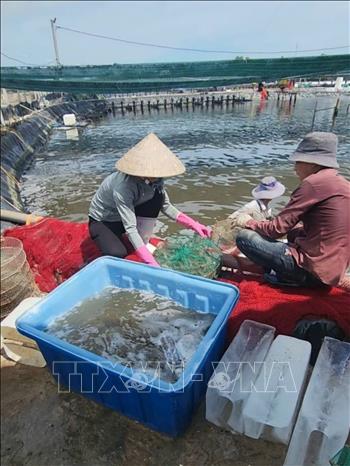
Cold barn farming, multi-storey, using imported parent breeds, farming according to VietGAP process, automation, semi-automation, application of information technology in management, control, application of microbiology in waste treatment, application of biological bedding in farming. Modern water supply and wastewater treatment system, water is treated and reused in a closed cycle without discharge into the environment in aquaculture...
High-tech production in Ba Ria-Vung Tau province has helped establishments take the initiative in the crop season, increase the number of production crops per year, control pests, agricultural input materials, product quality meets some standards on food safety, VietGAP, ... at the same time, production has signed contracts to consume products. Therefore, the production value is greatly increased compared to conventional production.
According to the provincial Department of Agriculture and Environment, in 2024, the value of high-tech agricultural products will be 5,470 billion VND, accounting for 32.54%; of which, the value of high-tech crop products will be 27%, the value of high-tech livestock products will be 38%. The value of high-tech aquatic products will be 17,250 billion VND, accounting for 51.86%, of which: the value of high-tech exploitation products will be 52.43%, the value of high-tech aquaculture products will be 45.02%.
Implementing the policy of developing agriculture towards high-tech application, the province has created motivation and encouraged businesses and farmers to invest in production transformation and promote the application of technology in production. Therefore, in 2025, Ba Ria-Vung Tau province will continue to inform and propagate to businesses and farmers about the application of digital technology in agricultural production; survey the technology system applied in high-tech agricultural areas and in enterprises to guide certification; support businesses in preparing records for regional certification and high-tech enterprise certification; effectively implement policies to support businesses investing in agriculture and rural areas, especially in the field of preserving and processing agricultural products, etc.
Source: https://doanhnghiepvn.vn/cong-nghe/ung-dung-cong-nghe-cao-vao-nong-nghiep-nong-dan-thu-lai-hang-ty-dong/20250512084911330



![[Photo] Buddha's Birthday 2025: Honoring the message of love, wisdom, and tolerance](https://vphoto.vietnam.vn/thumb/1200x675/vietnam/resource/IMAGE/2025/5/12/8cd2a70beb264374b41fc5d36add6c3d)
![[Photo] Prime Minister Pham Minh Chinh works with the Standing Committee of Thai Binh Provincial Party Committee](https://vphoto.vietnam.vn/thumb/1200x675/vietnam/resource/IMAGE/2025/5/12/f514ab990c544e05a446f77bba59c7d1)


![[Photo] Prime Minister Pham Minh Chinh starts construction of vital highway through Thai Binh and Nam Dinh](https://vphoto.vietnam.vn/thumb/1200x675/vietnam/resource/IMAGE/2025/5/12/52d98584ccea4c8dbf7c7f7484433af5)

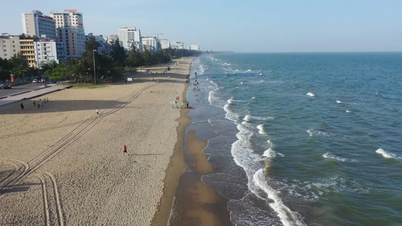
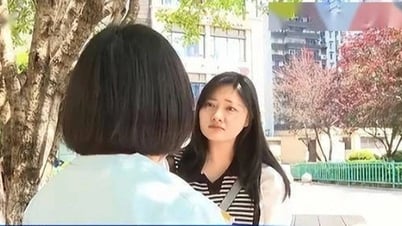
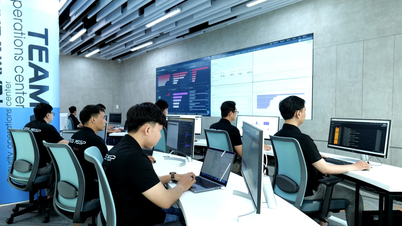

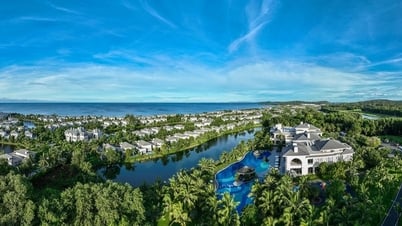






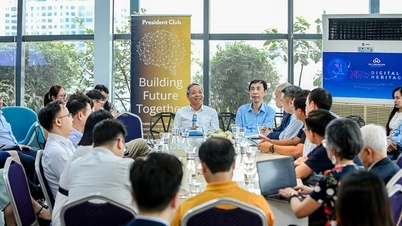
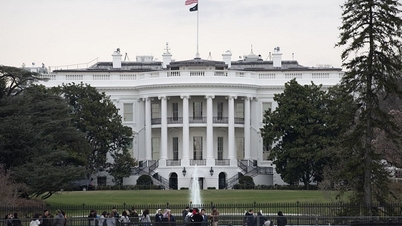
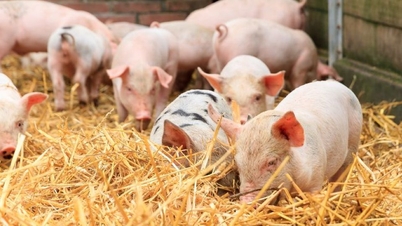
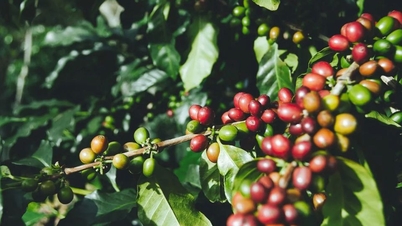














































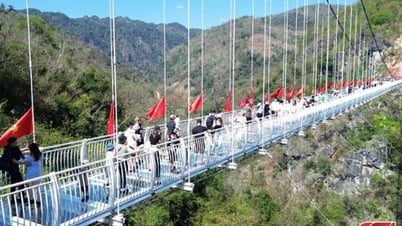

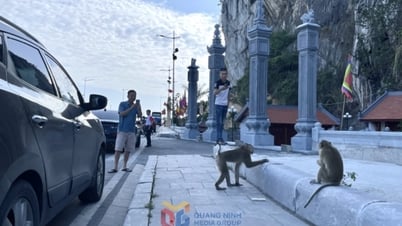

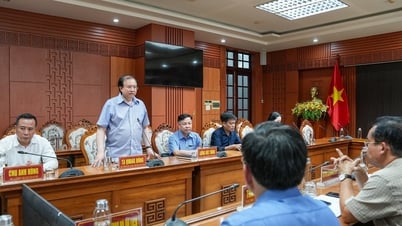


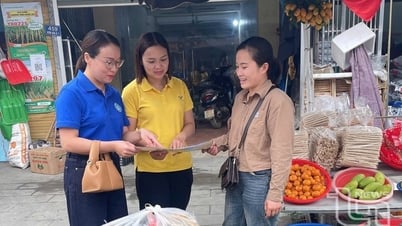

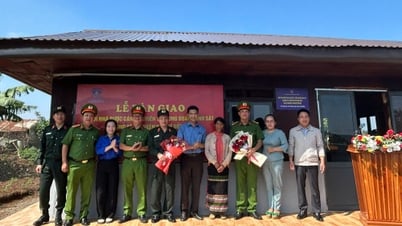
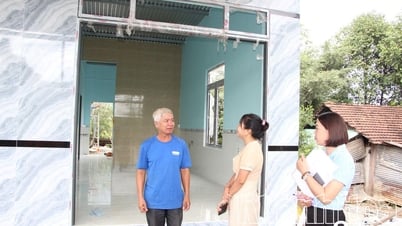












Comment (0)